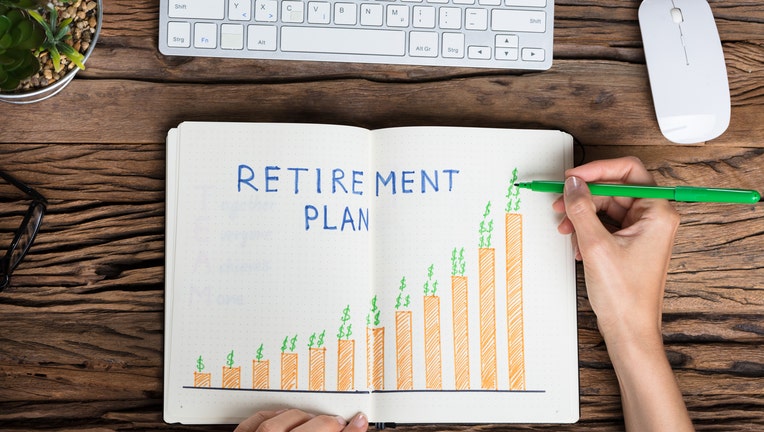How to grow your retirement savings with minimal risk

If you don't want to take risks with your retirement savings, consider these three options.
In 2019, Americans between the ages of 55 and 64 had an average of $197,322 in their retirement accounts. The median balance among this age group was $69,097, according to Vanguard's 2020 How America Saves report. This is significant because 62 is the most popular age to retire. Many people within this demographic group have already left the workforce or will soon do so.
Retirement investing should take place years before retirement, ideally. Financial planning near retirement is not the best savings plan, especially if bad investments are made.
Retirees who are no longer working will need savings that last for their lifetimes, and many people who are preparing for their future security don't want to take major risks with their money. The good news is that there are some investing options for retirement savings that can allow you to earn a reasonable return on investment without taking an unnecessary risk of losing your money. Options include opening a high-yield savings account, investing in bonds, and investing in certificates of deposit - all three of which can ensure some level of retirement income.
Retirement planning is key and safe investing can help you get the right amount of money to retire peacefully. To see how high-yield savings accounts can save you money, check out these high-yield savings options via the Credible marketplace to save extra cash.
1. High-yield savings accounts
If you want to start saving toward your retirement goal, a high-yield savings account can help.
High-yield savings accounts provide modest returns but come with no risk as you can choose an account that is FDIC-insured for up to $250,000. High-yield savings accounts are similar to traditional accounts but pay a much higher interest rate, as their name suggests.
While potential returns from putting your money into a high-yield savings account are below the returns you could earn by investing in the stock market, or even in some other fixed-income investments, you can feel confident your money will be there when you need it.
If you're thinking about putting your money into savings, you can visit Credible to explore high-yield savings options and compare rates and account terms. Chances are good you'll be able to find an account paying a much higher rate than your local bank or credit union can offer.
By comparing all your account choices, you can maximize your earnings with these high-yield savings options available on the Credible marketplace.
2. Bonds
Bonds are debt instruments. You buy government or corporate debt and you're paid interest at a predetermined rate. There is little risk as long as you invest in top-rated bonds where the chance of default is extremely low. If you invest in U.S. savings bonds or municipal bonds, for example, you can be fairly confident the state or federal government isn't going to default.
There are lots of different ways to invest in bonds. You can buy bonds from the U.S. Treasury or buy corporate bonds. You could also buy an exchange-traded fund or mutual fund that pools your money with other investors and purchases bonds with it.
Bonds can provide a better return than high-yield savings accounts, but the downside is that you will have to tie up your money for a period of time as redeeming bonds early can result in penalties.
3. Certificates of deposit
Certificates of deposit (CDs) also come with no risk of loss as long as you buy them in an account backed by FDIC insurance. If you invest in a CD, you're guaranteed a certain minimum interest rate as long as you leave the money invested for a promised period of time.
The upside of CDs is that you will get a better return than with a high-yield savings account (in most cases). But the big downside is that you are again tying up your money so you can't necessarily access it when you need it without incurring penalties.
Which option is best for your retirement savings?
These are just three of many retirement savings options to consider. If you invested in stocks prior to retirement, you could have some money to rely on. Investing in real estate can also boost retirement assets. You can also take on a little more risk, such as investing in an S&P 500 index fund, which could provide a higher rate of return.
Ultimately, it's a good idea to develop a diverse mix of high, medium, and low-risk investments so you can get an appropriate balance between risk and potential return. The amount of money you put into your financial goals will determine how much personal capital you have when you ultimately retire. Bottom line: If you're looking for guaranteed income for retirement, set goals now to ensure the appropriate cash flow.
No matter what other investments you pick, though, putting at least some of your money into a high-yield savings account is a good idea so you can access your money when you need it while still earning a good rate of return. Visit Credible today to find a high-yield savings account option that best fits your goals.

